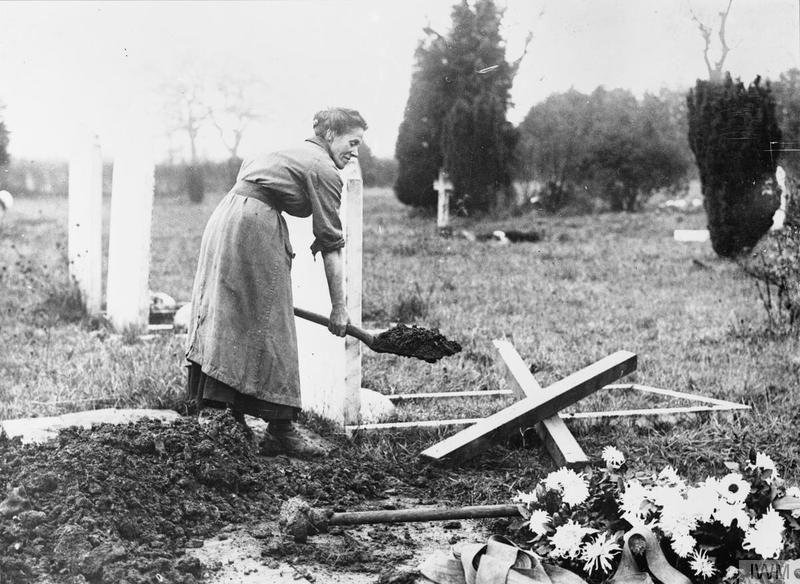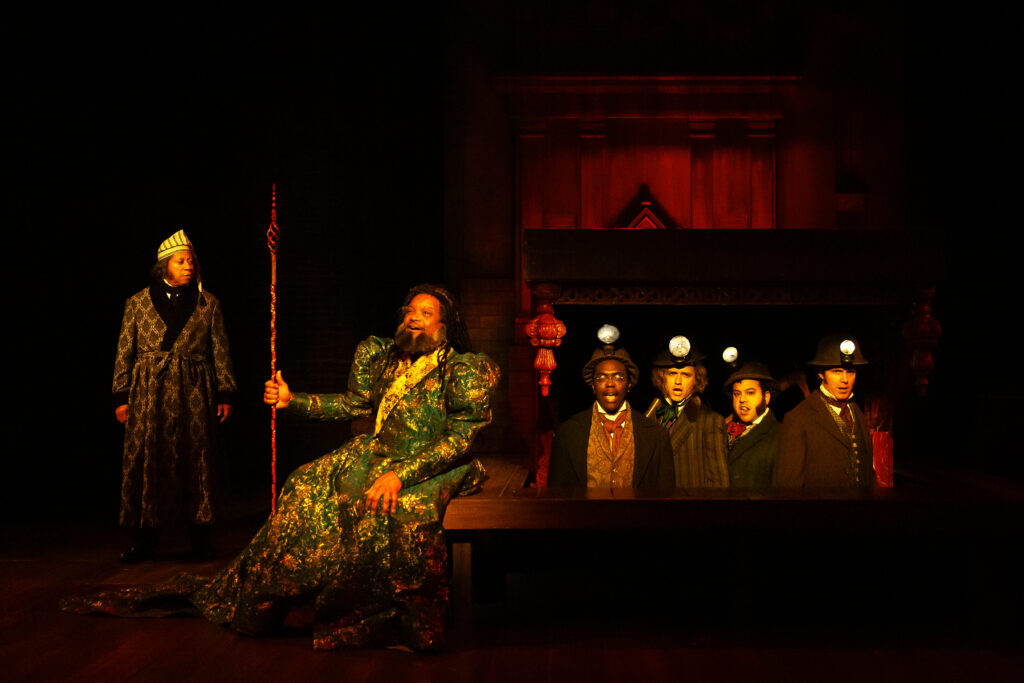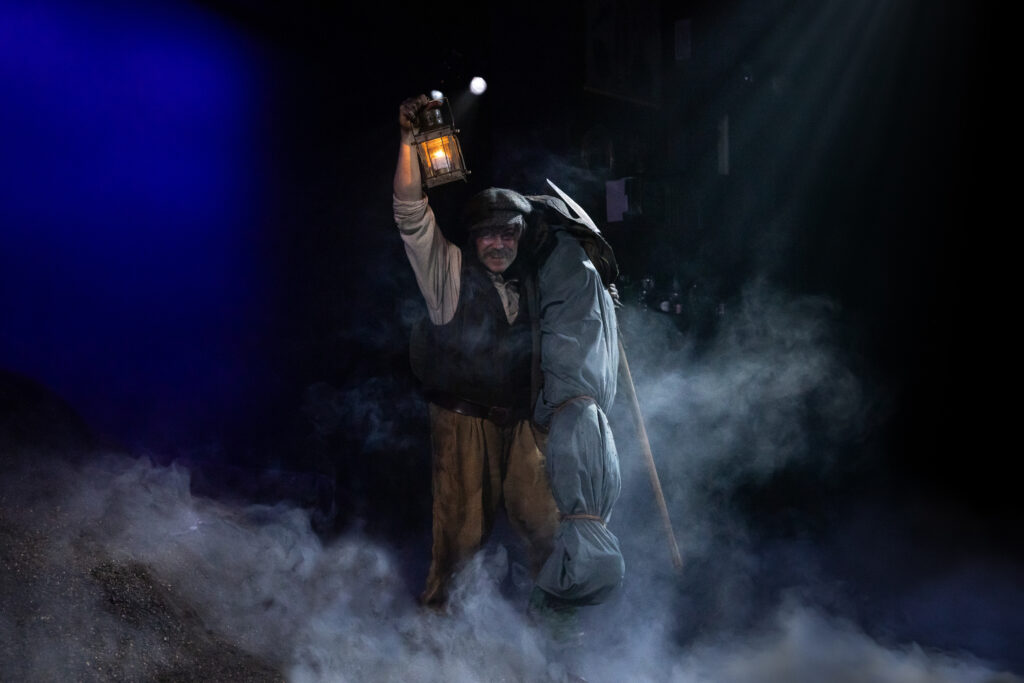When we hear “body snatcher” today, it likely conjures thoughts of spooky sci-fi stories or gothic melodramas. But in 19th-century Britain, it was a very real profession. Katie Forgette’s The Body Snatcher, inspired by Robert Louis Stevenson’s eerie short story of the same name, draws from this macabre chapter of medical history. It explores a time when science’s hunger for knowledge clashed with society’s reverence for the dead.
In the early 1800s, Britain’s booming medical schools faced a serious problem: a shortage of cadavers. At the time, the only legal source of bodies for dissection was the corpses of executed criminals. As capital punishment became less common and the demand for skilled surgeons grew, medical students and professors grew desperate.
Enter the Resurrectionists.
Also called “body snatchers,” these men were part criminal, part contractor. Under the cover of night, they exhumed recently buried bodies from graveyards and sold them to anatomists for a considerable profit. Resurrectionists worked in small teams, often with a lookout. They struck quickly, usually the night after a burial, before decomposition set in or families returned to mourn. Using wooden shovels to muffle sound, they dug only at the head of the coffin, not the full length. Once they reached the lid, they smashed it open, looped ropes under the arms or neck of the body, and pulled it up. They left clothing and jewelry behind since stealing those was considered a felony. The body itself, shockingly, wasn’t yet defined as property and thus couldn’t be “stolen” in the eyes of the law. Once retrieved, the corpse was bundled into a sack or box and carted away.
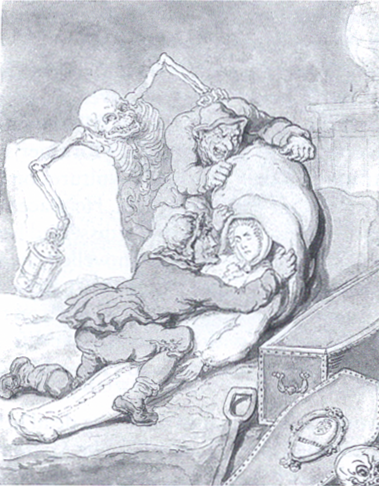
Body snatching, though not technically illegal, was seen as deeply immoral by the general public, who considered dissection a punishment reserved only for the worst of criminals. The thought that innocent people and loved ones might be dug up and cut open in a classroom was profoundly disturbing. In response, families took extreme measures to protect graves, installing iron cages called mortsafes, hiring watchmen, and even rigging coffins with explosives. Angry mobs protested, newspapers condemned the trade, and surgeons often worked in secret or bribed officials to avoid detection.
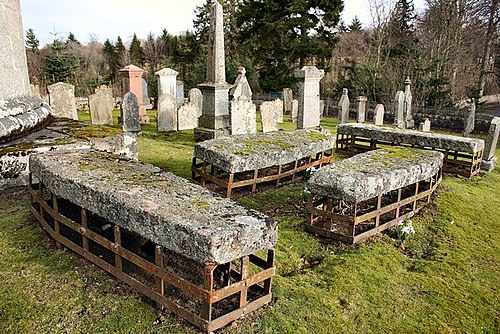
The most infamous case? Burke and Hare, a pair of Resurrectionists operating in Edinburgh. In 1828, when they ran out of fresh graves to rob, they began murdering vulnerable people and selling the bodies to Dr. Robert Knox, a respected anatomist, to use in his lectures. Though their crimes were discovered, and Burke was hanged, the scandal caused a massive public uproar.
The fallout led to the Anatomy Act of 1832, which officially made body snatching a criminal offense and further deterred the practice by allowing doctors and medical schools greater access to unclaimed bodies, usually those of the poor who died in workhouses. While this curbed grave-robbing, it introduced new ethical concerns. The poor, the marginalized, and the institutionalized were now the legal fodder of medical science, often without consent.
The legacy of the body snatchers is more complicated than grave-robbing gore. They profited from violating the dead, yet their work fueled the very medical advances that now save lives. Katie Forgette’s The Body Snatcher dives into this moral gray area. As we watch characters justify, conceal, or confront their roles in this trade, we’re asked to consider: Who bears the burden of progress? And what are we willing to excuse in its name?
The Body Snatcher runs October 3-26! Get tickets now at alleytheatre.org/body-snatcher

